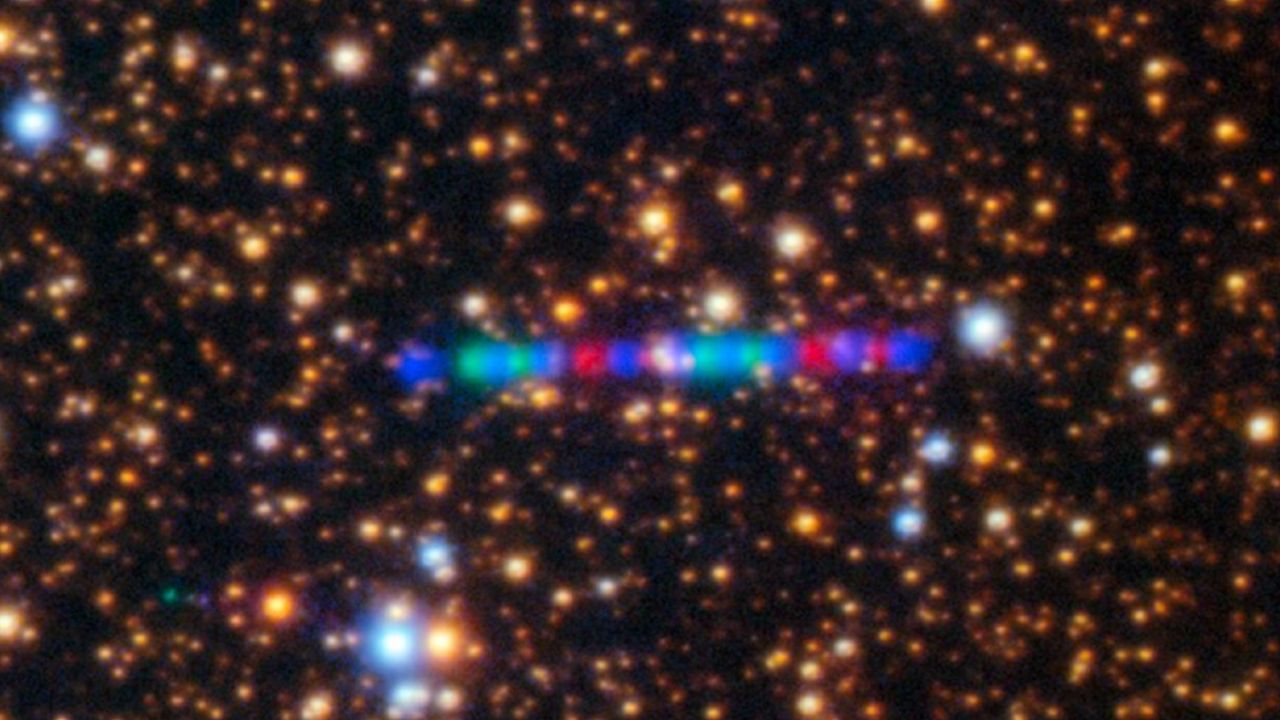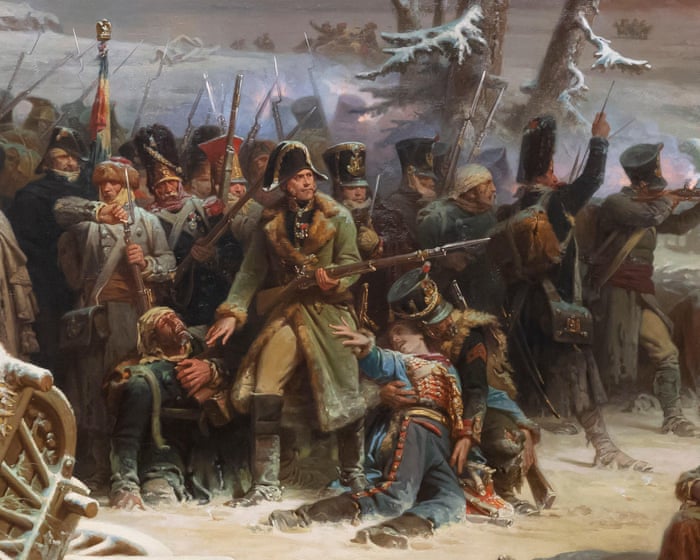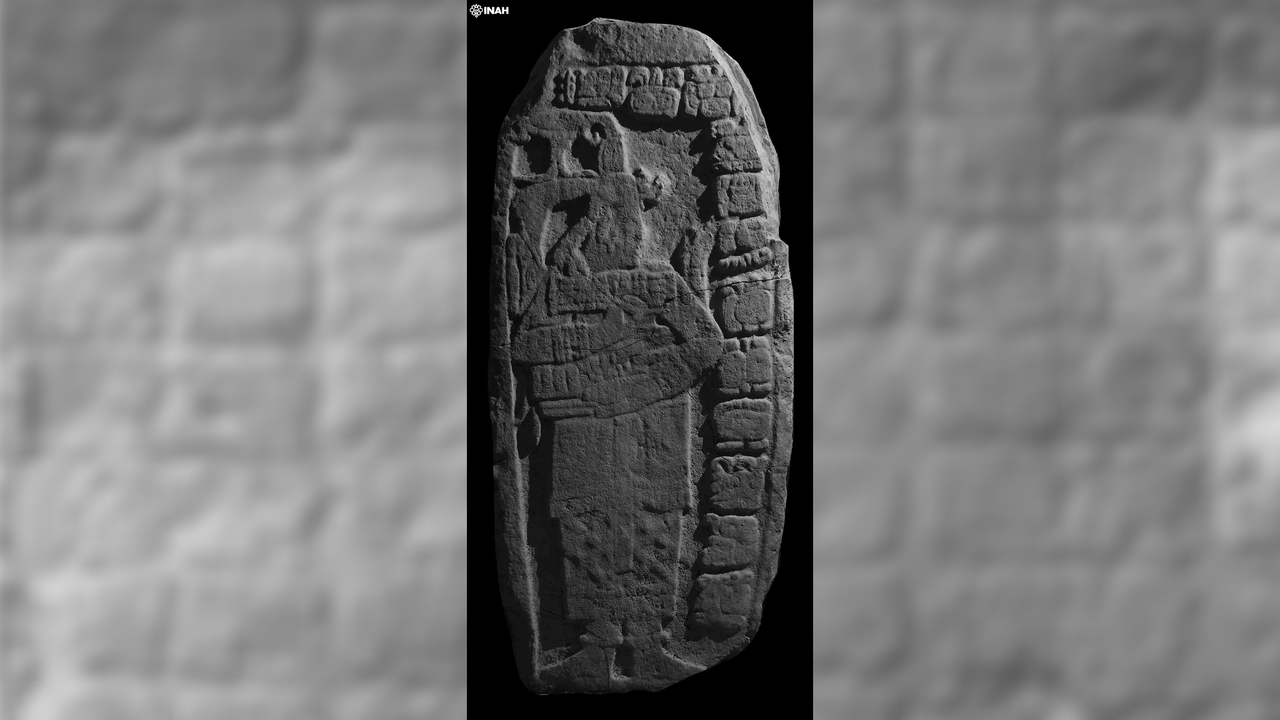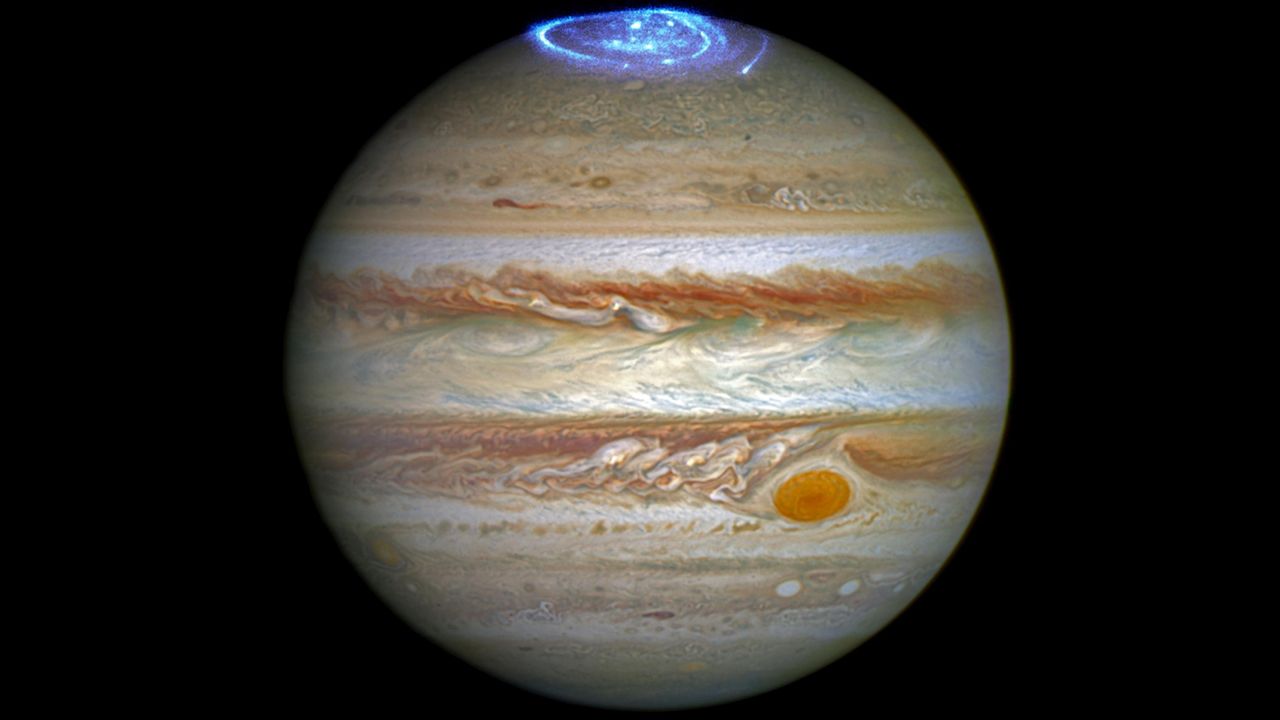Why do horses have eyes on the side of their head?
NeutralScience

Horses have evolved with eyes on the sides of their heads, which allows them to have a wider field of vision. This adaptation is crucial for spotting predators in the wild. Understanding this aspect of horse anatomy helps trainers and owners teach horses more effectively, as they often need to learn tasks from both sides to fully comprehend them. This insight into horse behavior not only enhances training methods but also deepens our appreciation for these magnificent animals.
— Curated by the World Pulse Now AI Editorial System












